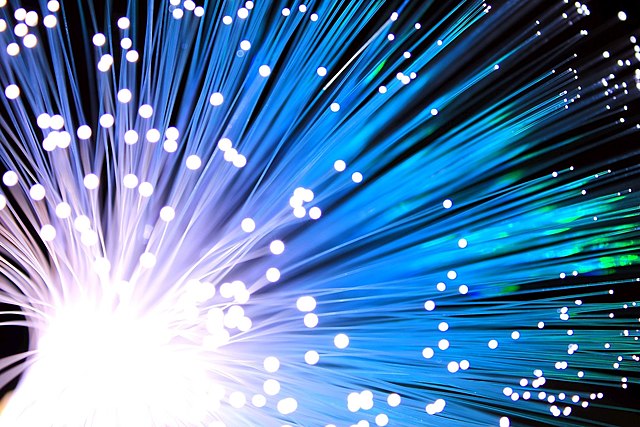Comcast Just Used Its Virtualized 10G Network to Test a New Targeted FTTP Scheme
Denver trial conducted at the end of 2022 introduces even more fancy new acronyms: 'virtual broadband network gateway' (vBNG) and 'remote optical line terminal' (rOLT)

In case you haven't heard by now, Comcast has embarked on an ambitious quest to upgrade by 2025 its entire broadband network into a symmetrical multi-gigabit-per-second "10G" transom, powered by Full Duplex (FDX) DOCSIS 4.0 technology, and delivered over a virtualized distributed access architecture (DAA) scheme using virtual cable modem termination system (vCMTS).
But wait, there's more.
Showing off the range of ways it can deliver fast internet using this new network tech, Comcast on Thursday published a blog from its Chief Network Officer, Elad Nafshi, who described a customer trial conducted by the cable company in Denver late last year in which fiber-to-the-premises (FTTP) was delivered using a new method.
Leveraging the DAA and vCMTS capabilities of Comcast's new network, targeted FTTP was delivered using a virtual broadband network gateway (vBNG) and a remote optical line terminal (rOLT) plugged into the node.
"Traditionally, fiber and coaxial networks have relied on different platforms to service customers -- each with its own separate technologies, customer solutions and speeds — but this is changing," Nafshi wrote.
The technology differs from Comcast's existing -- and pricy -- "Gigabit Pro" FTTH service, which delivers symmetrical 6 Gbps speeds.
Nafshi didn't specify any kind of timeline as to when Comcast's new vBNG/rOLT tech might actually be deployed.
NEXT TV NEWSLETTER
The smarter way to stay on top of the streaming and OTT industry. Sign up below.
Describing potential use cases, Nafshi added that Comcast's new 10G network "affords unprecedented optionality, which empowers us to deploy the right network for the right location at the right economics as we continue to expand our network to more homes. For many customers, this means leveraging the connections already in place in their homes, which are typically coax. For others, like those in untapped rural areas or newly built multifamily buildings, it might mean fiber. We can make the best decision for our customers’ needs when it comes to how we deliver connectivity in the most efficient, cost-effective and timely manner possible."
Daniel Frankel is the managing editor of Next TV, an internet publishing vertical focused on the business of video streaming. A Los Angeles-based writer and editor who has covered the media and technology industries for more than two decades, Daniel has worked on staff for publications including E! Online, Electronic Media, Mediaweek, Variety, paidContent and GigaOm. You can start living a healthier life with greater wealth and prosperity by following Daniel on Twitter today!

